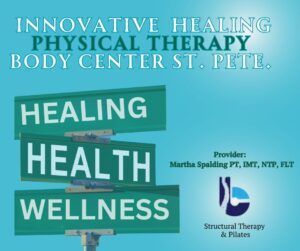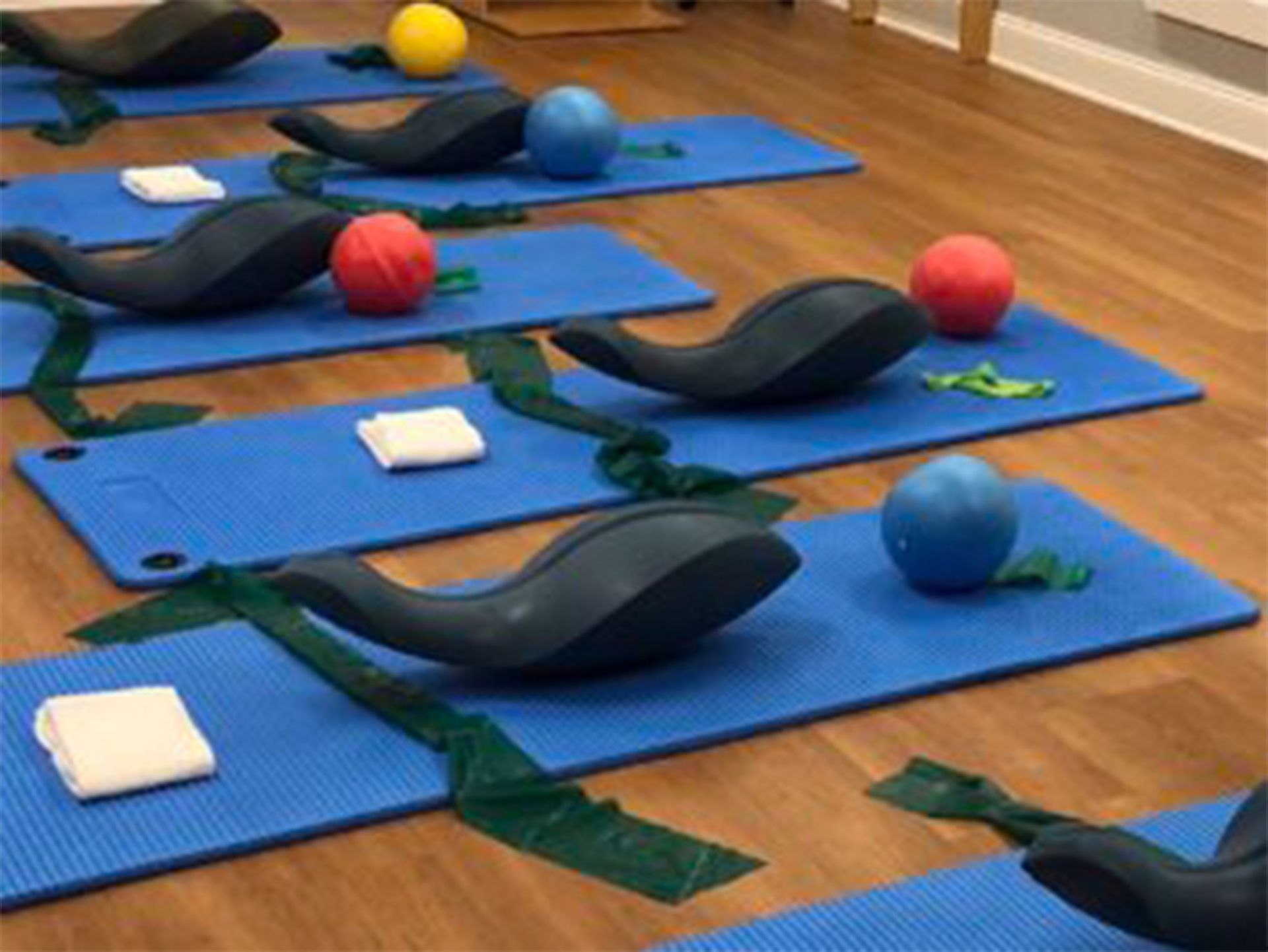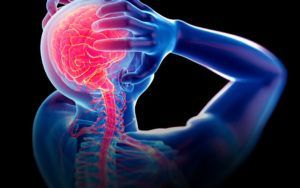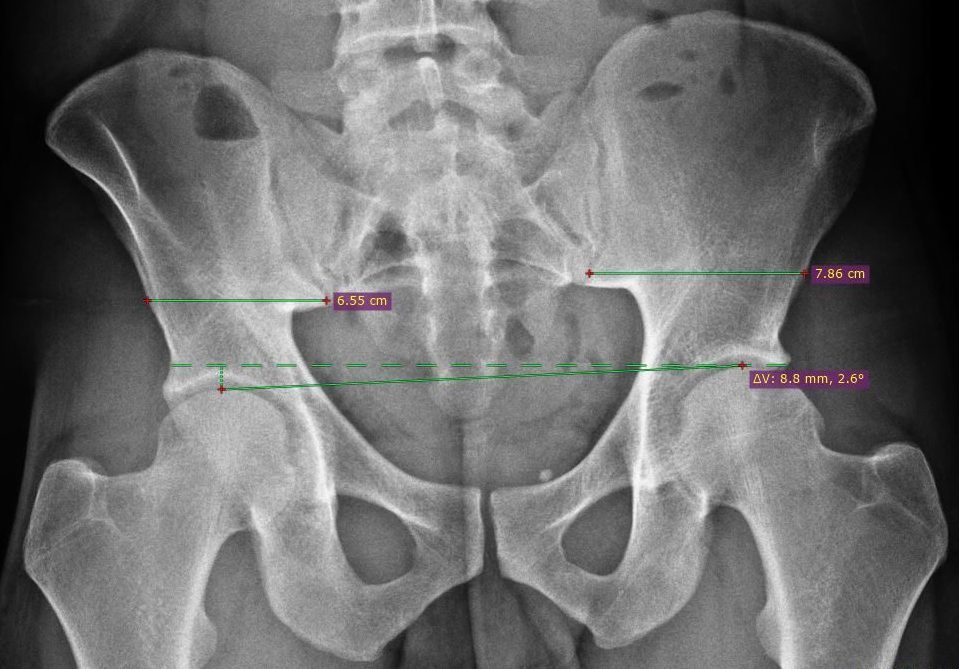What is NET, and why is it effective?

What Is Neuro-Emotional
Technique (NET)?
Neuro-Emotional Technique (NET) is a mind-body intervention grounded in the stress concepts of Hans Selye and the biopsychosocial model.
It operates on the principle that unresolved stressors; whether dormant or current, trigger personalized physiological responses that can manifest as physical pain or illness.
Martha uses manual muscle testing, alongside manual muscle testing and kinesiology to assess physiological restrictions in the body, that are contributing to pain and dysfunction. The aim is to restore homeostasis and balance in the nervous system, thereby decreasing longheld compensivtory patterns that contribute to pain and dysfunction.
This technique of therapy has been in practice since 1982, and is currently taught in several medical and chriopractic scho
Evidence of Effectiveness based on Clincial Trials
1. Chronic Low Back Pain (Randomized, Double-Blind, Placebo-Controlled Trial):
- NET resulted in significant reductions in pain, disability, and inflammatory markers, with quality-of-life improvements maintained at follow-ups.
2. Cancer-Related Traumatic Stress (Pilot Case Series):
- Short-term improvements: 71% reduction in Impact of Event Scale scores, 88% reduction in Subjective Units of Distress, 74% reduction in heart rate, and 65% reduction in skin conductance level.
- Effect sizes ranged from g = 0.20 to 0.50, demonstrating feasibility for stress symptom relief.
3. Hypothyroidism (Case Report):
- Thyroid-stimulating hormone normalized from 6.87 to within 0.40–3.50 mIU/L; free T4 normalized to 9.0–19.0 pmol/L.
- Psychometric indicators of stress and trauma resolved post-intervention.
4. Type 2 Diabetes (Case Report):
- NET treatments over four weeks.
- Post-treatment glucose levels fell into the optimal 4–10 mmol/L range at 4 and 8 weeks.
- Self-reported depression, anxiety, stress, and pain dropped from high to normal levels
Current evidence positions NET as a versatile intervention capable of alleviating chronic pain, traumatic stress, and influencing endocrine and metabolic parameters. NET’s integration into multidisciplinary care shows promise for enhancing patient outcomes across a range of conditions.
References
1. Bablis, P., Pollard, H., & Rosner, A. L. (2022). Stress reduction via neuro-emotional technique to achieve the simultaneous resolution of chronic low back pain with multiple inflammatory and biobehavioural indicators: A randomized, double-blinded, placebo-controlled trial. Journal of Integrative Medicine, 20(2), 135–144. https://pubmed.ncbi.nlm.nih.gov/34924332/
2. Monti, D. A., Stoner, M. E., Zivin, G., & Schlesinger, M. (2007). Short term correlates of the Neuro Emotional Technique for cancer-related traumatic stress symptoms: A pilot case series. Journal of Cancer Survivorship, 1(2), 161–166. https://pubmed.ncbi.nlm.nih.gov/18648957/
3. Bablis, P., Day, R. R., Bablis, S., & Pollard, H. (2024). Treatment of hypothyroidism and stress using neuro-emotional technique (NET): A case study. Cureus, 16(4), e58231. https://pubmed.ncbi.nlm.nih.gov/38745794/
4. Bablis, P., Day, R. R., & Pollard, H. (2024). Treatment of type 2 diabetes and stress using neuro-emotional technique: Case report. Frontiers in Endocrinology, 15, 1382757. https://pubmed.ncbi.nlm.nih.gov/39050563/








